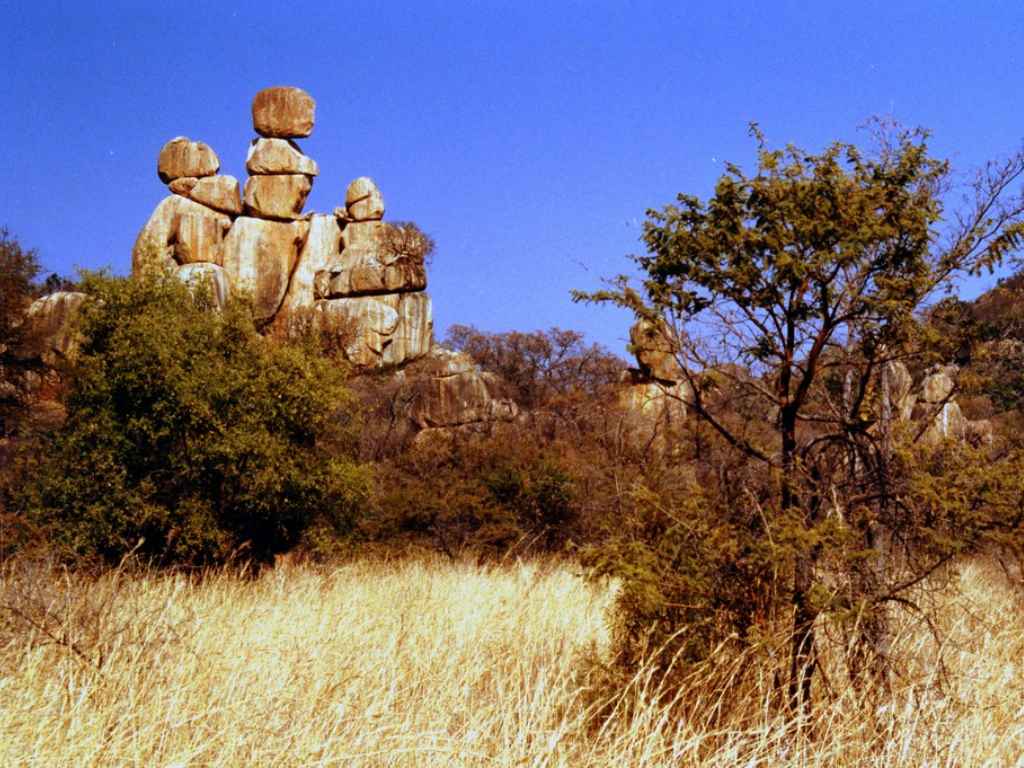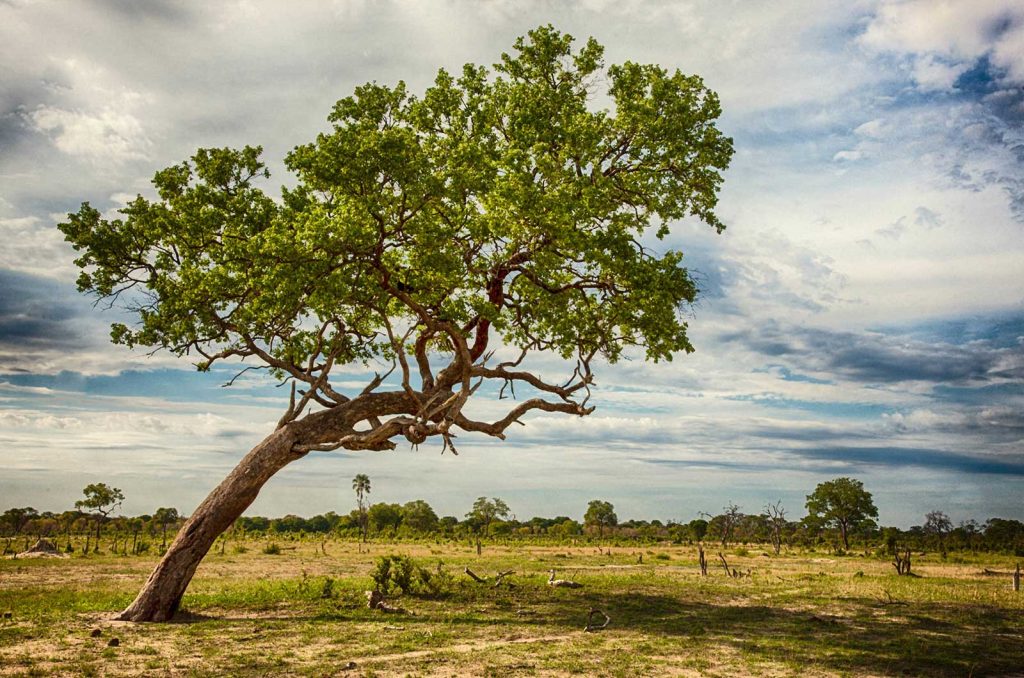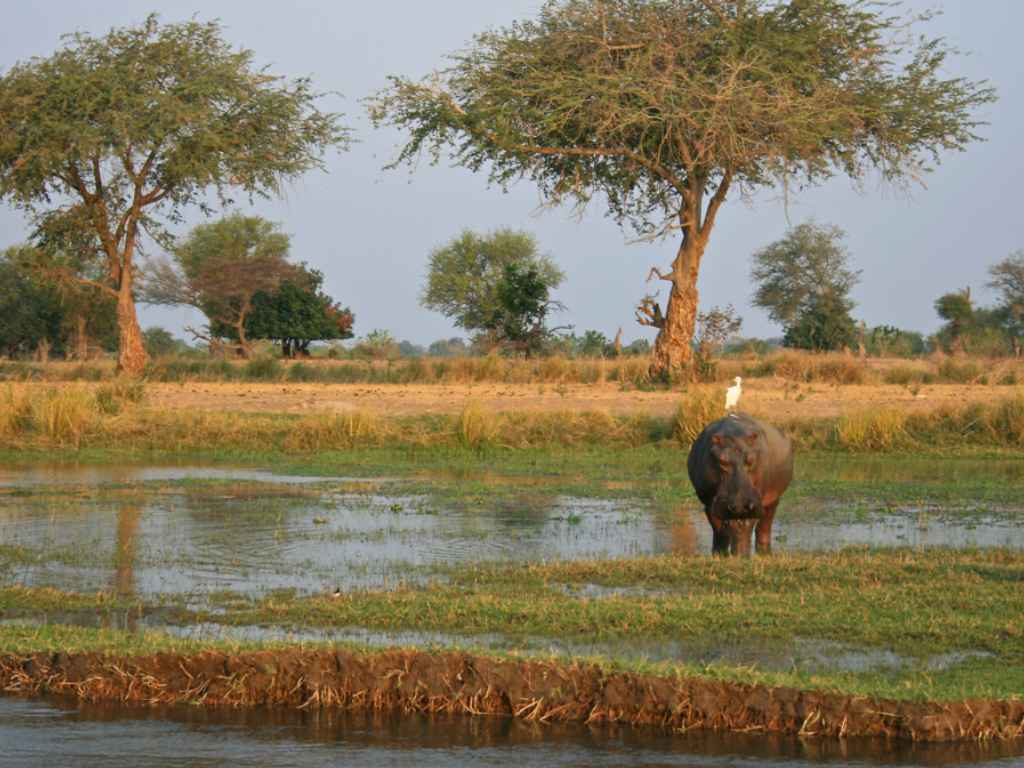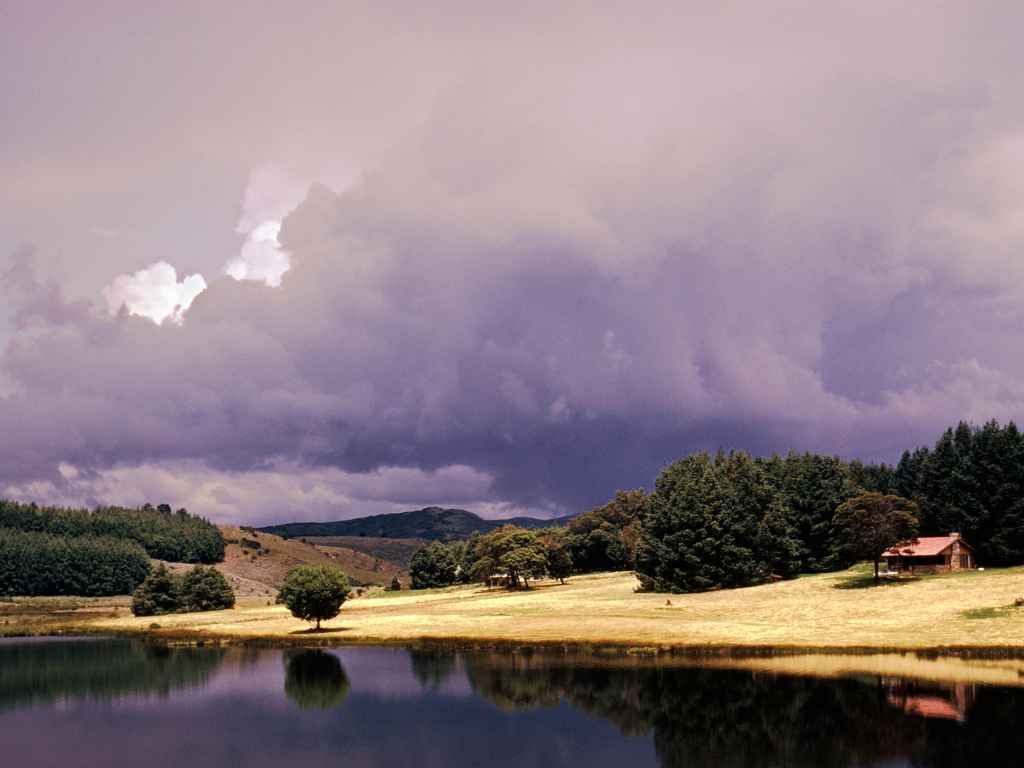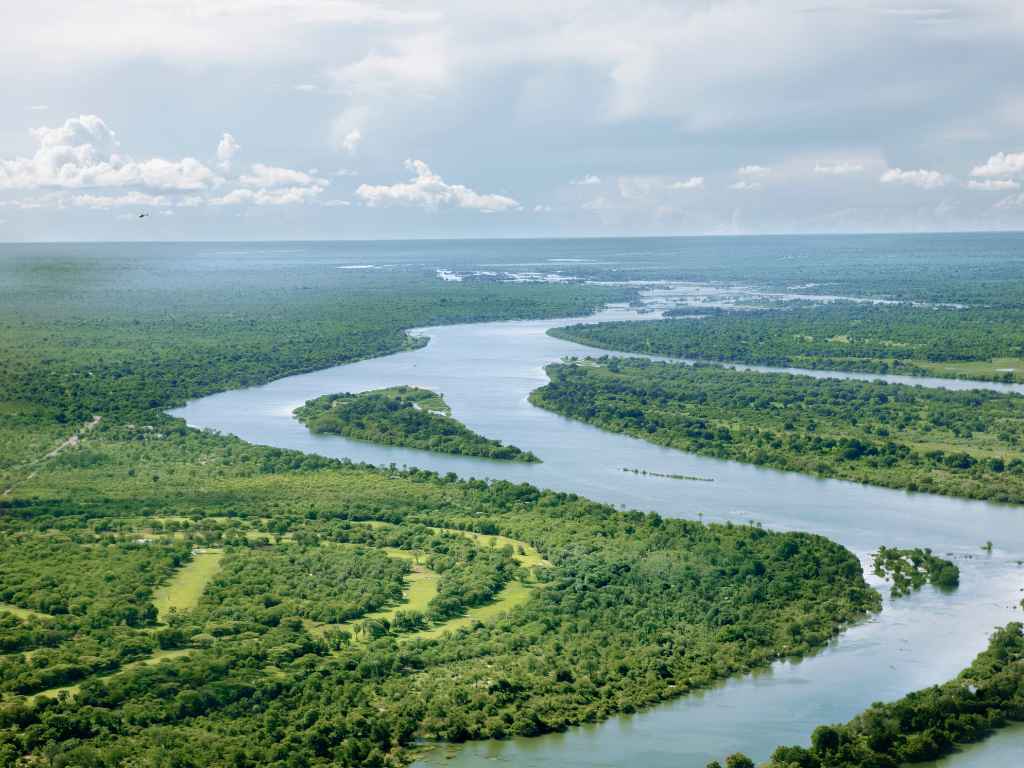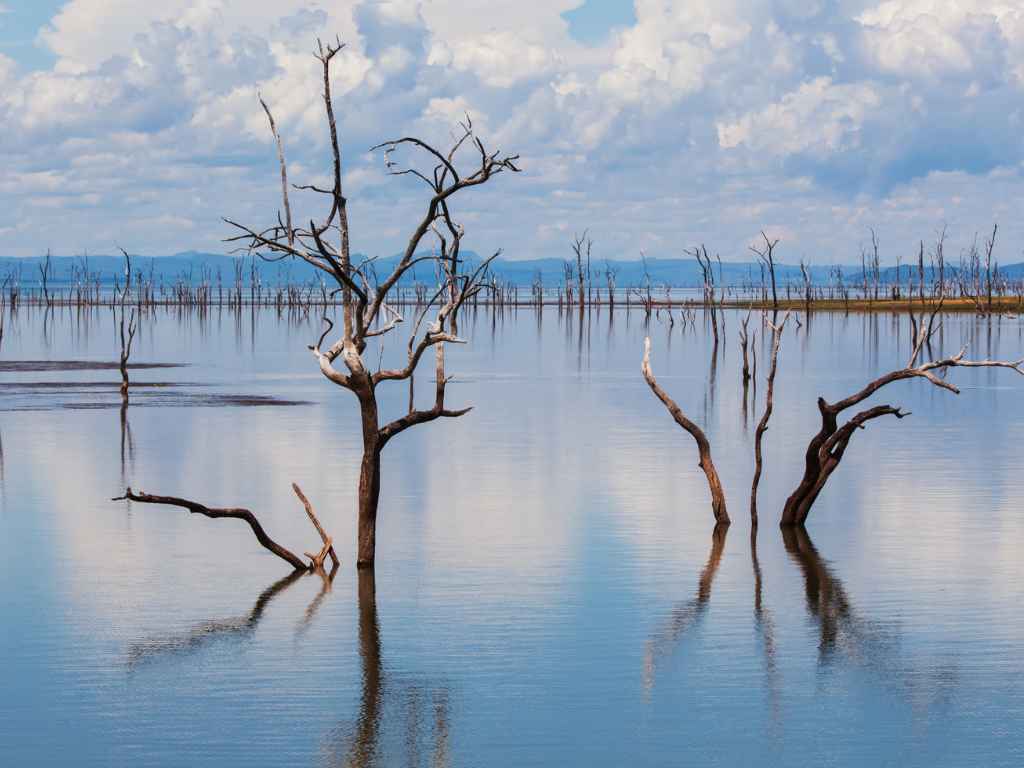Nestled in the heart of Zimbabwe, Matobo National Park is a haven of natural beauty and rich history. It’s a world where granite formations stand tall, wildlife roams free, and ancient rock art whispers tales from the past.
Delve into the wonders of this UNESCO World Heritage Site and embark on a virtual journey, exploring unique landscapes, diverse fauna, and inspiring cultural significance. From the majestic rhinos to the spiritual Njelele Shrine, Matobo National Park is a testament to the harmonious coexistence of nature and human history.
Introduction
Explore a treasure trove of natural wonders
Known worldwide for its undulating granite rock formations, Matobo National Park is a veritable treasure trove of natural wonders. It’s home to an ensemble of wildlife like rhinos and giraffes; lap this up with over 3,000 catalogued rock art sites nestled within its confines. A quick peek at the park’s history reveals a rich tapestry of historical narratives that span millennia, from historical battles to spiritual customs. Unearthed in its landscapes are stories etched in time, from the Stone Age to the present. The park’s illustrious history doesn’t stop there. The park dedicated a portion of its land to reintroducing white and black rhinos. Established in 1926, Matobo consistently provides a haven for these magnificent creatures, contributing to their protection and conservation.
Designated as a UNESCO World Heritage site, Matobo National Park’s significance is multifaceted – geological, historical, and cultural values coalesce, immersed in a spectacular cradle of biodiversity.
Location and Geography
Situated within Zimbabwe’s southern regions, Matobo National Park covers a breathtaking expanse of roughly 44,500 hectares. The park boasts a striking landscape that features an ancient granite sanctuary. It’s warm, rounded summits, juxtaposed against the azure sky, create a fascinating vista of domes and whales-backs etched against horizons.
Geologically unique, this impressive expanse is dotted with jumbled piles of precambiously balanced rocks, known as kopjes. These formations, a product of billions of years of weathering, offer a distinct geographical spectacle, unique to the Matobo National Park.
Venture deeper, and you discover a complex network of hidden caves, secret crevices and secluded woodlands. These underpinnings form an intricate labyrinth, a testament to nature’s creative playfullness over eons. It’s this geography that’s played host to human inhabitation for over 40,000 years, cradling epochs of human history in its rock-imbued crevices.
Natural Wonders and Landscapes
The wonders in Matobo National Park go beyond the mammals – the landscapes themselves steal the spotlight. Ancient rocks, unique ecosystems, and rich geological histories contribute to this spectacle.
The Matobo Hills
The Matobo Hills serve as the park’s most iconic landscape feature. Ancient stories are carved into these hills, narrating the history of Mother Earth herself.
Granite Kopjes and Rock Formations
A stunning spectacle of the Matobo Hills, the granite kopjes radiate a muted pink under the African sun. Massive rocks, sculpted by millennia of erosion, hug the landscape in a warm embrace.
Balancing Rocks
Ever the show-stoppers, Balancing Rocks are a spectacle to behold. These Rocks don’t just challenge the laws of physics; they uplift the aesthetic quotient of the park to unparalleled levels!
Unique Ecosystems
Matobo National Park cradles diverse ecosystems. From Savanna woodlands to dolerite ridges, each habitat teems with life unique to it.
Savanna Woodlands
The Savanna Woodlands, characterized by tall grasses and sparse trees, home a plethora of species. A walk through these woods is a brush with the pulsating heart of African biodiversity.
Dolerite Dykes and Ridges
A stark contrast to the vast savannas, the dolerite dykes, and ridges house specialized florae and faunae. The robust hardiness of this ecosystem signifies nature’s resolve on full display.
Geological Significance
Matobo National Park isn’t just an ecological marvel; it’s a geological hotspot too. Home to some of the most precious relics of our mother earth, the park is a tangible timeline of earth’s history.
Oldest Rock Art in the World
Matobo National Park is home to rock arts that are older than recorded history. These ancient murals serve as silent narrators of stories from epochs gone by.
Fossils and Petrified Forests
Fossils and Petrified Forests in the park offer a one-of-a-kind opportunity. A glimpse into these will take you back in geological time, allowing you to appreciate the evolution of our planet and its life forms.
Wildlife and Biodiversity
Under the blanket of Matobo National Park’s exquisite landscapes thrives an array of wildlife, contributing to its renowned biodiversity.
Animal Species
Foremost in the rich animal populace are the rhinos, predators, and an impressive display of birdlife.
Black and White Rhinos
Matobo National Park houses both Black and White Rhinos, elevating its biodiversity profile. Estimates place the combined population at approximately 425, making the park a significant contributor in the survival of these species.
Predators (Leopards, Cheetahs)
An additional boost to the park’s wildlife diversity comes from the presence of predators. Leopards and cheetahs, in particular, rule their designated territories in true feline fashion. Sightings, although rare, exemplify the raw beauty and power of these creatures in their natural habitat.
Birdlife (including Black Eagles)
Enriching the aerial domain, over 200 species of birds adorn the park. Black Eagles claim notable attention, their majestic flight and imposing presence capturing the spirit of Matobo’s vibrant birdlife.
Conservation Efforts
Ensuring the survival and flourishing of the park’s population, conservation efforts are continuously employed.
Rhino Tracking and Protection
Rhinos, counted among the most endangered species, receive prioritized attention. Matobo National Park employs tracking technology, 24-hour surveillance, and a dedicated team of rangers for their protection.
Reintroduction Programs
Beyond protection, the park focuses on species revival through reintroduction programs. Specifically, the Painted Dog Conservation program reinstates these endangered dogs into their natural environment, thereby enriching not just the park’s biodiversity but ensuring species survival.
Historical and Cultural Significance
Matobo National Park grasps in its arms not just diverse wildlife, but extensive historical and cultural value as well. This section aims to delve into the park’s rich tapestry of history and to explore its cultural relevance.
Rock Art and Archaeological Sites
Within the park, cave walls tell tales of years gone by. Astonishingly, Matobo National Park is home to one of the highest concentrations of rock art found in Southern Africa. These paintings date back to the Stone Age and display animals, hunting scenes, and dance rituals, providing us a glimpse into the rich hellenistic culture of the time. For instance, the rock art at Nswatugi cave stands testament to the ancient civilization that once flourished in the region, etching their stories in pictorial form for us to decipher.
San (Bushmen) Heritage
Venture a little further into the park, and you’ll find evidence of the San Bushmen, who resided in the area for over thousands of years. Their heritage is ingrained deep within Matobo National Park. The park’s rock formations offer an array of San Bushmen paintings, reflecting their deep connection with the land. A notable site, Pomongwe Cave, hosts depictions of giraffes and elephants, subtly echoing the bond between these indigenous people and the vast wildlife.
Rhodes’ Grave and Historical Sites
Historical footprints extend to colonial times, most notably marked by Rhodes’ Grave. Cecil John Rhodes, a towering figure in Southern Africa’s colonial history, chose to be buried at “World’s View,” a hilltop in Matobo Park, for its commanding panoramic views. This location, with its symbolic World’s View, rings implications of Rhodes’s influence and role in shaping the region today.
Cultural Tours and Experiences
To fully unravel the cultural richness, guided tours and experiential opportunities are abundant within the park. Engaging in these culturally immersive experiences, such as visiting local communities or participating in traditional ceremonies, can offer a unique understanding of the enduring cultural fabric that weaves through Matobo National Park. For instance, a visit to a nearby village might involve trying traditional dishes, dancing to local music, or learning about herbal medicines—adding a valuable layer to the tourist experience in this unique park.
Accommodation Options
Matobo National Park offers various accommodation options for every type of traveller. From lodges and camps within the park to private concessions, designated campsites, and facilities in nearby towns, you’ll find a place that suits your preferences and budget.
Lodges and Camps
Matobo National Park boasts an array of lodges and camps, providing a comfortable stay as you explore the park’s attractions. Here, you’re surrounded by scenic beauty and wildlife, immersing yourself fully in this unique landscape.
Within the Park
Within Matobo National Park, lodges like the Matobo Hills Lodge offer luxury accommodation with stunning views of the surrounding landscapes and proximity to vital animal sighting areas. Similarly, comfortable camps such as Maleme Rest Camp allow you to experience nature up close with basic amenities like toilets and cooking facilities.
Private Concessions
Private concessions, including properties like Big Cave Camp and Camp Amalinda, provide a more secluded experience in the park. They offer premium luxury lodges, boasting high-end amenities and personalized services frequently included in your accommodation package.
Camping
If you prefer to stay close to nature, there are several designated campsites within the park.
Designated Campsites
Designated campsites scattered throughout the park, such as those at Toghwana Dam, Black Eagles, Maleme Dam, Mtshelele Dam and Toghwana cater to true adventurers. These sites come equipped with basic facilities like ablutions, barbecues, and picnic tables, allowing you to fully immerse yourself in the park’s natural beauty.
Nearby Towns and Facilities
If you’re looking for a more urban experience, nearby towns such as Bulawayo offer a variety of accommodation options. These towns also provide access to amenities like supermarkets, medical facilities, banks, and entertainment venues, offering a different yet convenient base for exploring the park.
Getting to Matobo National Park
Reaching Matobo National Park isn’t a formidable task. Varied transportation options, from flights to road trips, serve as convenient means for travelers to reach this natural haven.
By Air
Air travel offers the quickest route to Matobo National Park. Zimbabwe’s major cities, Harare and Bulawayo, host international airports, receiving flights from around the globe. Bulawayo, just 50 kilometers from the park, serves as the closest city. After landing, visitors usually opt for car rental services or shuttle rides to the park’s entrance.
By Road
Equally viable, reaching Matobo National Park by road offers travelers the chance to savor picturesque landscapes.
Self-Drive Routes
For those inclined towards a bit of adventure, self-driving allows a sense of autonomy and flexibility during the journey. Roads from Harare and Bulawayo lead straight to the park. These well-maintained routes cater to all kind of vehicles, 4x4s, SUVs, or sedans alike. Remember, always carry a recently updated road map or GPS for easy navigation.
Shuttle Services
Prefer to rest during the commute? Shuttle services from Bulawayo city are a popular choice then. They’re reliable, punctual, and take about an hour to reach the park.
Tour Packages
Tour packages serve as comprehensive solutions for those seeking a hassle-free experience. Including transportation, accommodation, and guided tours, such packages cover all major facets of a visit to Matobo National Park. Renowned travel agencies like Africa Adventure Consultants and Into Africa UK offer tours that cater to varied budgets and preferences. Whether it’s a family excursion, solitary exploration, or an educational trip, they’ve got it all covered.
Best Times to Visit
When planning a visit to Matobo National Park, it’s essential to consider the different times of year as the park experiences distinctive climate variations. Each season brings its unique aspects, deeply affecting the atmosphere and wildlife-viewing possibilities, not to mention the availability of special events and festivals.
Seasonal Variations
As part of a semi-arid region, Matobo National Park experiences two primary seasons — the dry and the wet season. Both climates foster different experiences and opportunities for visitors.
Dry Season
During the dry season, which runs from May to October, the temperatures range between 16-28°C (60-82°F). This time hosts greater wildlife viewing opportunities. As foliage diminishes, animals congregate around the limited water sources, such as noticeable increases near waterholes. Thus, spotting animals becomes an easier task.
Wet Season
The wet season, on the other hand, sees higher temperatures, with peaks reaching towards 32°C (90°F). This season, from November to April, welcomes a greener landscape, with the park vibrant with new vegetation and a burst of birdlife. Be aware though that some parts of the park may be less accessible due to rain-induced muddy tracks, limiting certain outdoor activities.
Wildlife Viewing Opportunities
Speaking of wildlife sightings, the park boasts a rich collection of species such as white and black rhinos, leopards, giraffes, zebras, and various types of antelope. Best chances to see this diverse fauna, especially the elusive predators, increases during the drier, cooler months when animals are drawn to the few remaining water sources.
Special Events and Festivals
Year-round, Matobo National Park hosts several unique events and festivals. In March, for example, the park holds the Matobo Hills Ultra-Marathon, offering a unique challenge for running enthusiasts. Notably, in September, the International Rhino Day celebrations take place, highlighting the park’s ongoing conservation efforts. Always check the event schedule before your visit, as these occurrences can enhance your experience in this majestic Zimbabwean haven.
Practical Information
Before you embark on your adventure to Matobo National Park, I’ve compiled some important details that you might find beneficial during your visit. From entry fees to health considerations, these particulars aim to equip you with needful insights that can simplify your journey.
Park Entry Fees and Permits
Travelling to Matobo National Park involves purchasing certain permits. The cost of a daily permit stands at USD 30 for international visitors, USD 20 for regional visitors like South Africans and Mozambicans, and USD 10 for local visitors. Reduced amounts apply for children under twelve, with a charge of USD 15 for international kids, USD 10 for regional kids, and USD 5 for local youngsters. Remember, if you’re planning to camp or enjoy game drives, additional fees apply, and these can vary depending on the activities pursued and the size of your group.
Safety and Security
While you’re in Matobo National Park, safety becomes a paramount concern. Despite the park’s serene ambiance, wild animals roam freely. Adequate care—not approaching animals too closely, preferring guided walks, and adhering to park rules—minimizes potential risks. Avoid night drives; most animals, especially predatory, are nocturnal. Security personnel patrol the park, and guards are stationed at every rest camp. Nevertheless, it’s advisable to protect your personal belongings at all times, as theft can occur anywhere.
Packing and Gear
When packing your gear, remember, Matobo National Park presents a diversity of experiences—game drives, hikes, mountain biking, and bush walks—which may require specialized equipment. Pack lightweight, breathable clothing for daytime, but add some warm clothes as nights can get chilly. Comfortable walking shoes, hats, sunscreen, binoculars, and cameras make up essential gear. Be sure to include a torch for navigating after dark, and a first-aid kit—one that contains remedies for common illnesses—doesn’t hurt either.
Health and Vaccinations
A visit to Matobo National Park necessitates certain health precautions. Zimbabwe requires visitors from countries with a risk of yellow fever to present a yellow fever vaccination certificate. The park lies in a malaria risk area; hence, anti-malaria medications, insect repellants, and covering up in the evenings become essential steps in combating infection. It’s strongly recommended to drink bottled water only and ensure any food consumed is thoroughly cooked. Lastly, keep a stock of your prescribed medications with you—medical facilities here can be quite basic.
Activities and Adventures
Game Drives and Walking Safaris
Matobo National Park offers game drives and walking safaris. Early morning or late afternoon trips promise thrilling encounters with giraffes, zebras, and kudus. These guided tours, led by experienced rangers, navigate through vast plains and dense woodland. Notably, sightings of a variety of bird species are also abundant, making it an impressive locale for enthusiasts.
Rhino Tracking
Engage in an adventurous rhino tracking excursion in Matobo. Under the supervision of professional trackers, visitors get a rare opportunity to observe one of the world’s largest concentrations of both black and white rhinos in their natural habitat. Remember, maintain a safe distance and follow the instructions of guides during these excursions to ensure a sustainable tourism experience.
Rock Art and Historical Site Tours
A tour of the prehistoric rock paintings, believed to be between 3500 and 15000 years old, narrate the fascinating stories of the San people. Local guides provide comprehensive information about the history, culture, and art of the region. Visits to historical sites such as World’s View, where Cecil Rhodes is buried, and Mabweadziva, also known as Mother and Child Kopje, are integral to any Matobo tour.
Hiking and Rock Climbing
Matobo National Park’s rugged terrain, including the unique Matopos Hills, makes it a prime location for hiking and rock climbing. From meandering paths for amateur hikers to challenging trails for experienced climbers, the park caters to all levels of adventure seekers. Always remember, carry enough water, apply sunscreen regularly and wear sturdy shoes for these outdoor activities.
Beyond Matobo National Park
Sprawling beyond the captivating Matobo National Park, one’s journey doesn’t have to end there. There are diverse attractions and activities just a short distance away. From the vibrant city of Bulawayo to the historic Khami Ruins, the adventurous escapades and rich cultural experiences of the region offer something for everyone.
Nearby Attractions (Bulawayo, Khami Ruins)
One such site tucked near the national park is Bulawayo, the second-largest city in Zimbabwe. Known for its engaging museum, the Bulawayo Natural History Museum, Bulawayo unveils a mix of the country’s wildlife, anthropology, and geology. Then there’s Khami Ruins, a UNESCO World Heritage Site. Dating back to the late Iron Age, it’s adorned with daga huts, stone walls, and a grand royal enclosure – a testament to the once-powerful Torwa Dynasty.
Adventure Activities
Venturing outside Matobo National Park also opens up opportunities for my adrenaline-seeking readers. Whitewater rafting on the mighty Zambezi River promises thrilling moments. For some elevation, how about a majestic hot air balloon ride over Victoria Falls? It displays panoramic views of the park’s diverse flora and fauna, cascading waterfalls, and a gorge – an unforgettable sight.
Cultural Experiences
Move towards enriching cultural encounters that await beyond Matobo National Park. Participating in a village tour offers a glimpse into the authentic local lifestyle. Traditional cooking classes and pottery workshops allow one to immerse in Zimbabwean heritage. Not to miss are the pulsating drum and dance performances, the very beat and rhythm of Zimbabwe – they are bound to leave one entranced.
Going beyond Matobo National Park simply magnifies the essence of Zimbabwe, serving as proof that not all treasures are confined within park boundaries. Each destination, activity, and cultural immersion contributes to an enriching Zimbabwean sojourn.
Tips and Recommendations
Stepping into Matobo National Park, one quickly finds a plethora of subjects to explore, from jaw-dropping scenery to captivating wildlife and deeply rooted culture. This section serves to offer advice on maximizing this exceptional experience from a knowledgeable, first-hand perspective.
Photography Tips
Photography in Matobo National Park presents a unique opportunity for stunning visuals. Aim for early morning or late afternoon shots, when the sun casts amazing shadows on the granite rock formations. Pack a tripod for stability, especially when shooting at sunrise or sunset. Framing wildlife within their natural habitat gives a unique perspective; for instance, using a rhino’s silhouette against the backdrop of sunlit rocks. It’s crucial to keep a safe distance from wildlife and remember that respect for nature informs all our actions.
Recommended Guides and Operators
Experiencing Matobo National Park on a guided tour significantly enhances the journey. Locally qualified guides, such as those from “Matobo Tours” or “Africa Albida Tourism,” are an invaluable resource. They not only offer historical insights but also know precisely where to spot a variety of wildlife. Guides help to safely navigate the park, heightening your chances of fully appreciating what the landscape has to offer.
Souvenirs and Local Crafts
Shopping local crafts in and around Matobo National Park helps to support the local economy and preserve traditions. Craft markets, such as the Amakhosi Cultural Centre, offer handmade items imbued with local ethos. Observe artisans at work, then consider purchasing unique pieces such as beaded jewelry, carved stone sculptures, or woven baskets. Remember, haggling is an accepted and often expected part of the shopping experience.
Additional Resources
Before you embark on the journey, ensure you have all the resources necessary for a fulfilling experience at Matobo National Park. Websites such as the official “Zimbabwe Tourism Authority” site and “Matobo Conservation Society” offer up-to-date information about park entrances, guides, safety measures and seasonal updates. Join online forums, such as the “Matobo National Park” group on Facebook, to connect with previous visitors for first-hand stories and tips.
Conclusion and Final Thoughts
Matobo National Park’s allure is undeniable. It’s a haven for nature lovers, history buffs, and adventure seekers alike. With its stunning rock formations, diverse wildlife, and rich cultural experiences, it’s a must-visit destination in Zimbabwe. Don’t miss out on the chance to explore the park during peak wildlife viewing times, and remember to heed safety precautions. The local crafts make for great souvenirs, and your purchase aids the local economy. Lastly, make the most of your trip by seeking advice from reliable resources and opting for guided tours when possible. Matobo National Park isn’t just a place to visit; it’s an experience to savor. So, pack your bags, grab your camera, and get ready for an unforgettable journey.
I’m the guy creating the content here at VisitZimbabwe.com. I’m an avid traveller and have been a digital designer and content creator for more than 30 years. In that time I’ve been responsible for dozens of online businesses spanning many industries including travel and tourism. I still have a passion for designing great web experiences. You can contact me via my personal site at https://ma.rcus.co.uk/
